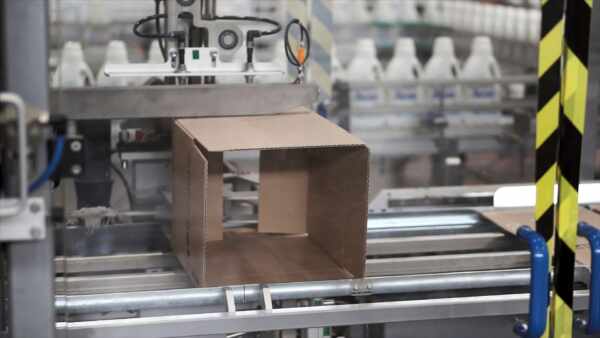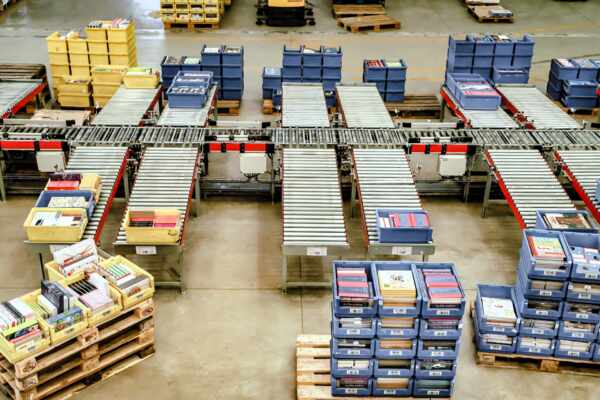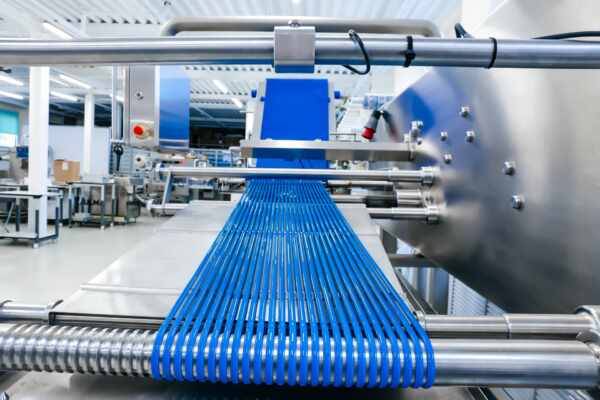In food manufacturing, conveyors play a vital role in transporting, sorting and processing products. However, conveyor systems can occasionally face issues, leading to disruptions in production and affecting the overall efficiency of your operation. Efficient troubleshooting and repair strategies can minimise downtime, maximise productivity, and ensure compliance with strict food safety standards.
In this insightful guide, we will discuss practical conveyor belt troubleshooting and repair strategies for food manufacturing operations. We will cover common issues faced by conveyor belt systems, such as belt misalignment, wear and tear, contamination, and mechanical issues. Furthermore, we will explore effective solutions for identifying and resolving these issues, including scheduled maintenance, training, and preventive measures.
Identifying Common Conveyor Belt Issues
To optimise your food manufacturing process and maintain food safety standards, be aware of the following common conveyor belt issues:
1. Belt Misalignment: Misaligned conveyor belts can lead to inconsistent product movement, increased wear and tear, and potential damage to the belt edges. This issue may stem from poor installation, uneven loading, or worn components.
2. Wear and Tear: Over time, normal wear and tear can affect the performance of conveyor belts. Components such as the belt surface, rollers, and tensioning systems may show signs of wear, potentially impacting overall system efficiency.
3. Contamination: Food debris, oil, grease, and other contaminants can build up on conveyor belt surfaces, posing food safety risks and affecting system performance. Regular cleaning is essential to maintain food safety and prevent potential damage due to contamination.
4. Mechanical Issues: Conveyor belt components, such as motors, bearings, and drive systems, may develop mechanical issues due to wear, lack of lubrication, or malfunctioning components. These issues can lead to reduced system efficiency and increased maintenance costs.
Troubleshooting and Repair Strategies
To keep your conveyor belt system running smoothly and efficiently, implement the following troubleshooting and repair strategies:
1. Conduct Regular Inspections: Schedule routine inspections of your conveyor belt system to identify potential issues before they escalate, leading to higher costs or downtime. Check for signs of wear, misalignment, contamination, and mechanical issues, and address them promptly.
2. Train Your Team: Equip your staff with the knowledge and skills necessary to identify and remedy conveyor belt issues. Implement ongoing training programs to ensure your employees know how to spot problems early, efficiently troubleshoot, and carry out necessary repairs.
3. Implement Preventive Maintenance: Establish a preventive maintenance schedule, including regular conveyor belt cleaning, lubrication, tension adjustments, alignment checks, and component replacements. Preventive maintenance helps to minimise wear and prevent system failures, improving overall efficiency and reducing downtime.
4. Keep Replacement Parts on Hand: Maintain a stock of conveyor belt replacement parts to quickly address any issues that may arise during production. If you can replace worn or damaged components promptly, you can reduce system downtime, maintain productivity, and minimise the risk of food safety breaches.
5. Consult Experts: In cases of more complex or persistent conveyor belt issues, consult experts like Change Parts Pty Ltd for guidance and support. Expert advice can help you pinpoint underlying causes, implement effective repair strategies, and optimise system efficiency.
Best Practices for Conveyor Belt Maintenance
Adopting a proactive approach to conveyor belt maintenance can significantly improve system performance while mitigating the risk of food safety breaches:
1. Implement a Cleaning Schedule: Regularly cleaning your conveyor belts reduces the risk of contamination and extends the lifespan of your system. Establish a cleaning schedule based on the specific materials and processes used in your food manufacturing operation, and train your team to carry out these tasks consistently.
2. Monitor System Performance: Keep a close eye on your conveyor belt system’s performance through regular operational assessments. Monitoring key performance indicators such as energy consumption, product throughput, and downtime can help you identify areas for improvement and optimise system efficiency.
3. Replace Worn Components Timely: Addressing wear and tear promptly is crucial to maintaining system efficiency and preventing more significant damage. Replace worn or damaged components as needed to keep your conveyor belt system running reliably and smoothly.
4. Stay Informed on Industry Best Practices: Keep up to date with industry best practices for conveyor belt systems by consulting reputable sources, attending relevant industry events, and staying informed through professional associations.
Conclusion
Effective troubleshooting and repair strategies are vital in ensuring the smooth operation of your conveyor belt system in food manufacturing. By implementing regular inspections, training your staff, leveraging preventive maintenance, and staying informed on industry best practices, you can safeguard your food manufacturing operation from costly downtime, maintain food safety standards, and maximise overall efficiency.
For expert assistance in troubleshooting, repairing, and maintaining your conveyor belt system, turn to Change Parts Pty Ltd. Our team of professionals is here to guide and support you towards a more efficient and reliable food manufacturing operation. Contact us today to learn how our expertise, quality conveyor belt equipment, and comprehensive support can help you achieve long-term success in the food manufacturing industry.




